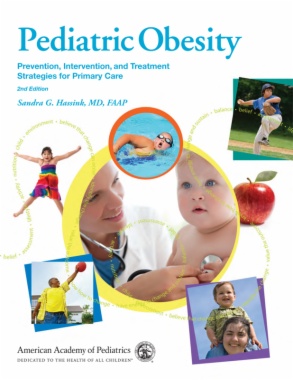Promote nutritional health and tackle childhood obesity with the latest practice tools and recommendations from the AAP. This popular manual will help guide pediatric health care professionals by providing information, strategies, and suggestions for approaches to prevention, intervention, and treatment for childhood obesity at the primary care level.
Starting with chapters on assessment and evaluation, each subsequent chapter focuses on a specific developmental stage with strategies for prevention of obesity in the normal weight population, intervention for children at risk for obesity, and treatment approaches for those children and adolescents whose BMIs are already greater than 95%.
Included in each chapter are questions for parents and self-assessment exercises to enhance parenting information and skill in making family-based change.
Obtain the latest point-of-care recommendations and ready-to-use tools including:
- Step-by-step health supervision visit guidance spanning birth through young adulthood
- Numerous real-life case studies illustrating family intervention strategies
- New chapter titled, "Before Birth: Maternal Health"
- Patient education handouts, self-assessment forms, and counseling for pediatric patients and families
- Coding fact sheets for obesity-related health care services and template letter for handling carrier denials
- Growth charts for boys and girls including the new WHO growth charts
- And more!

